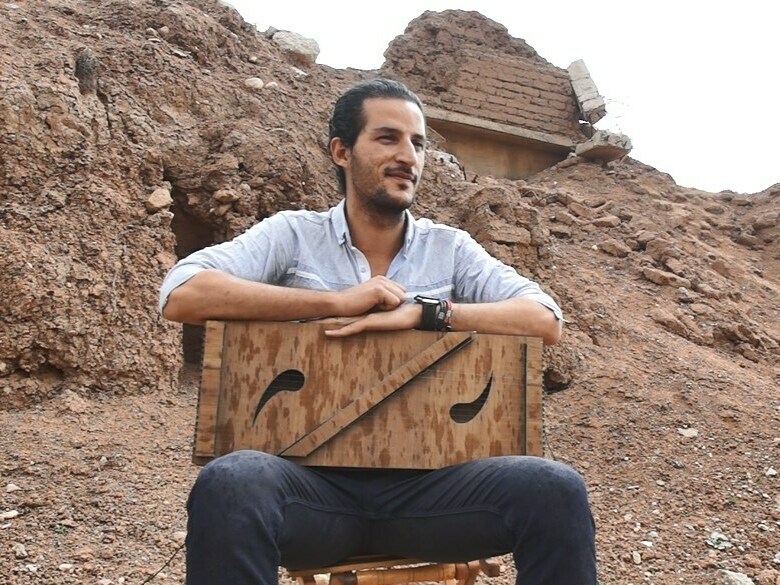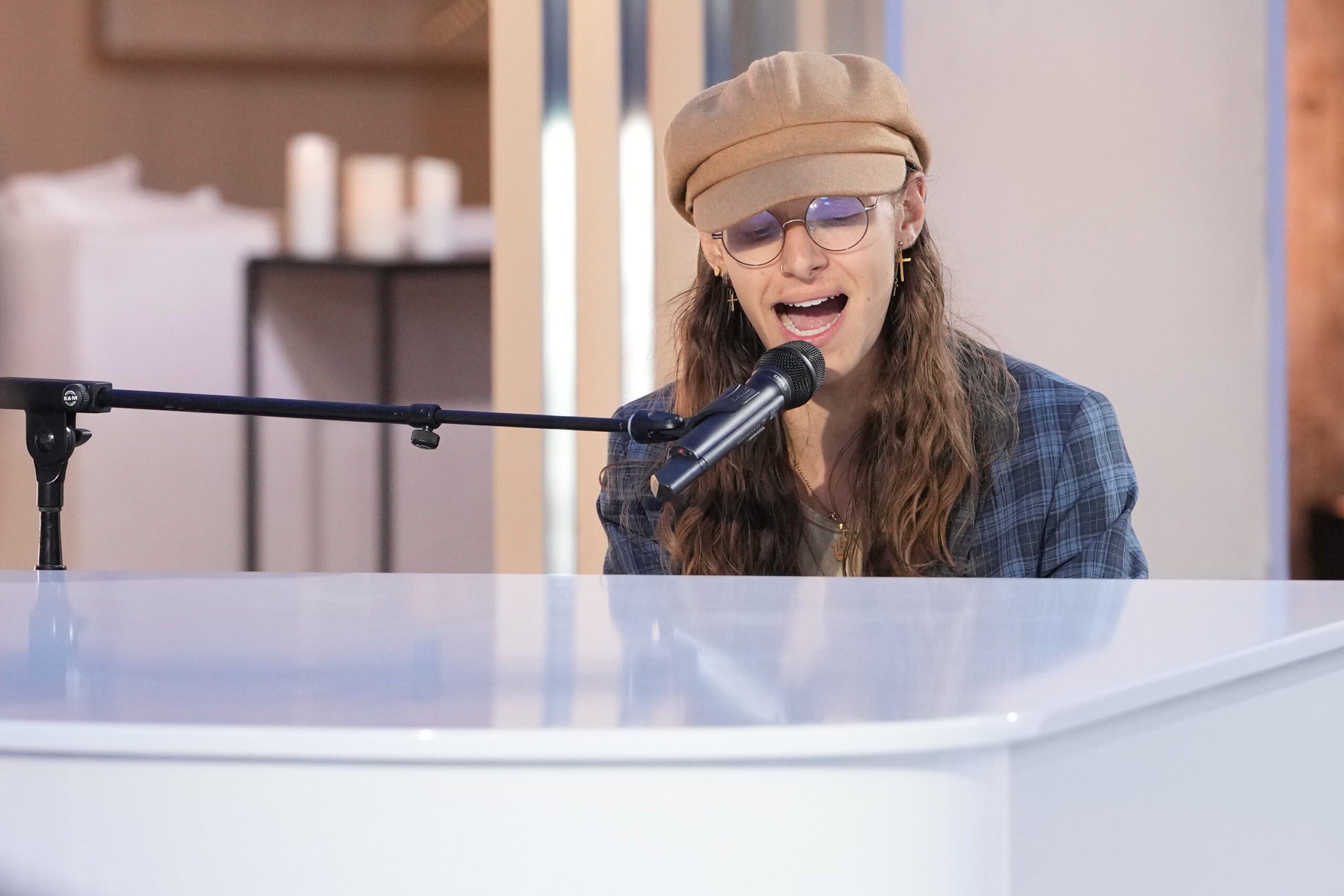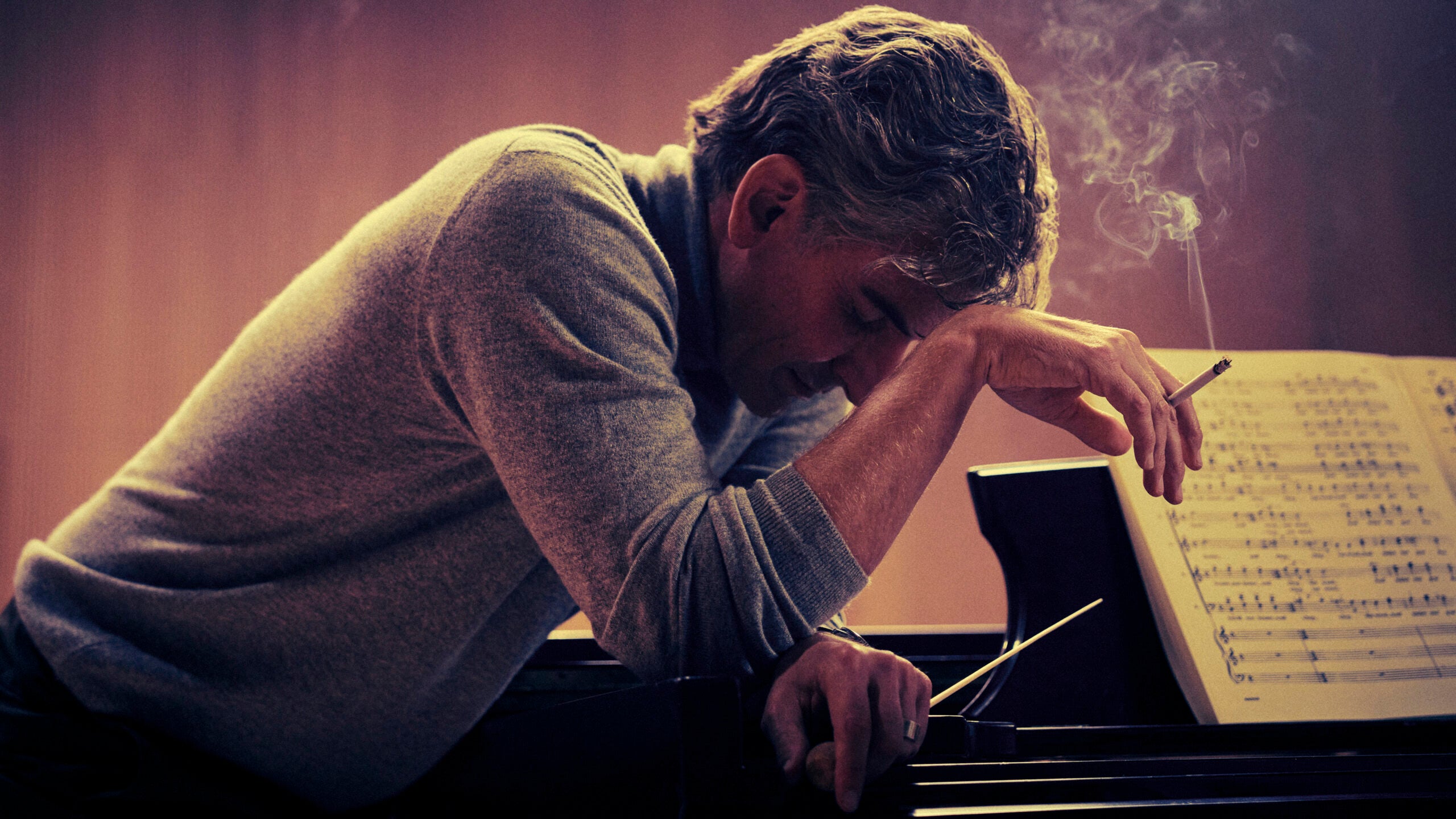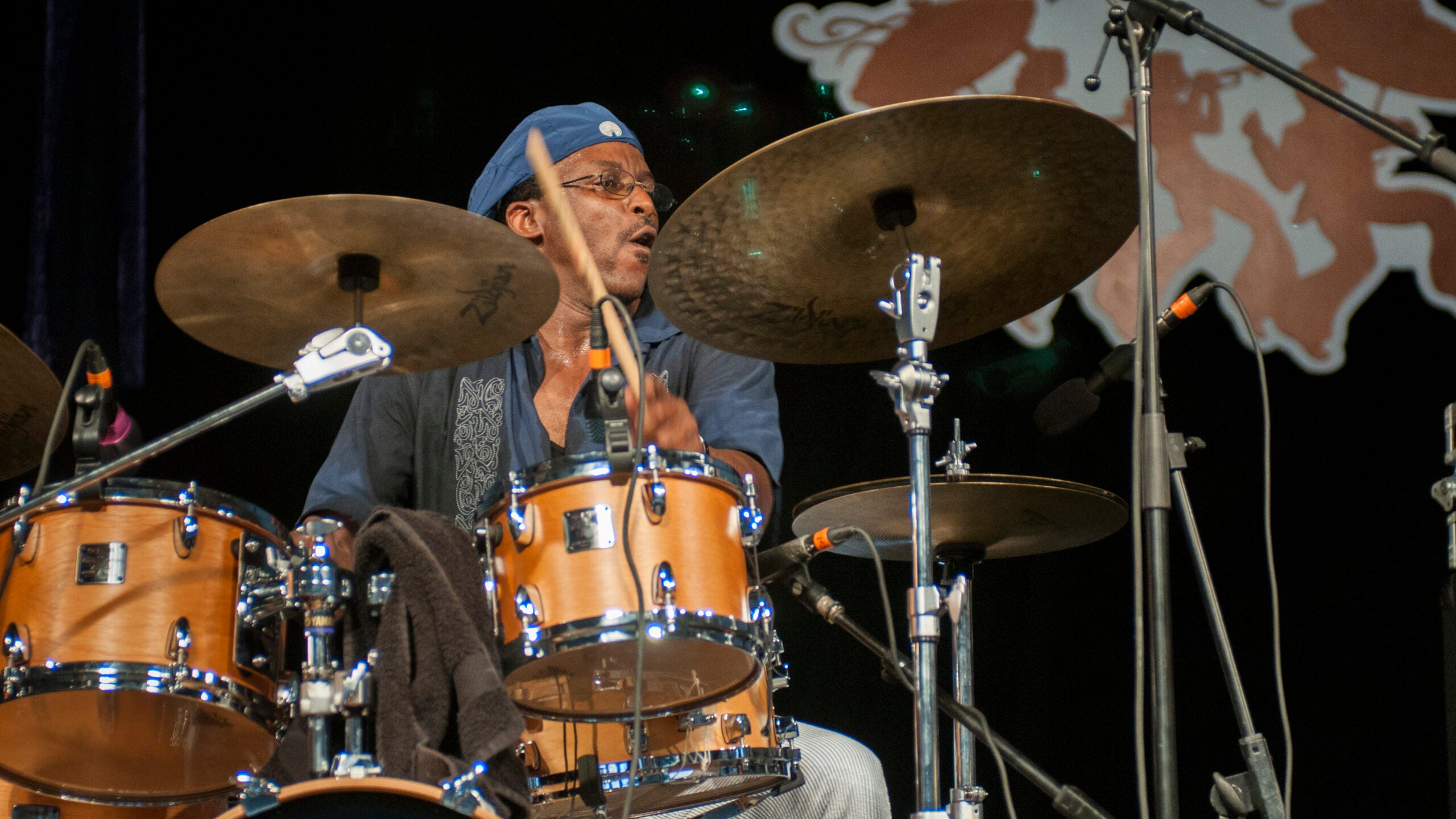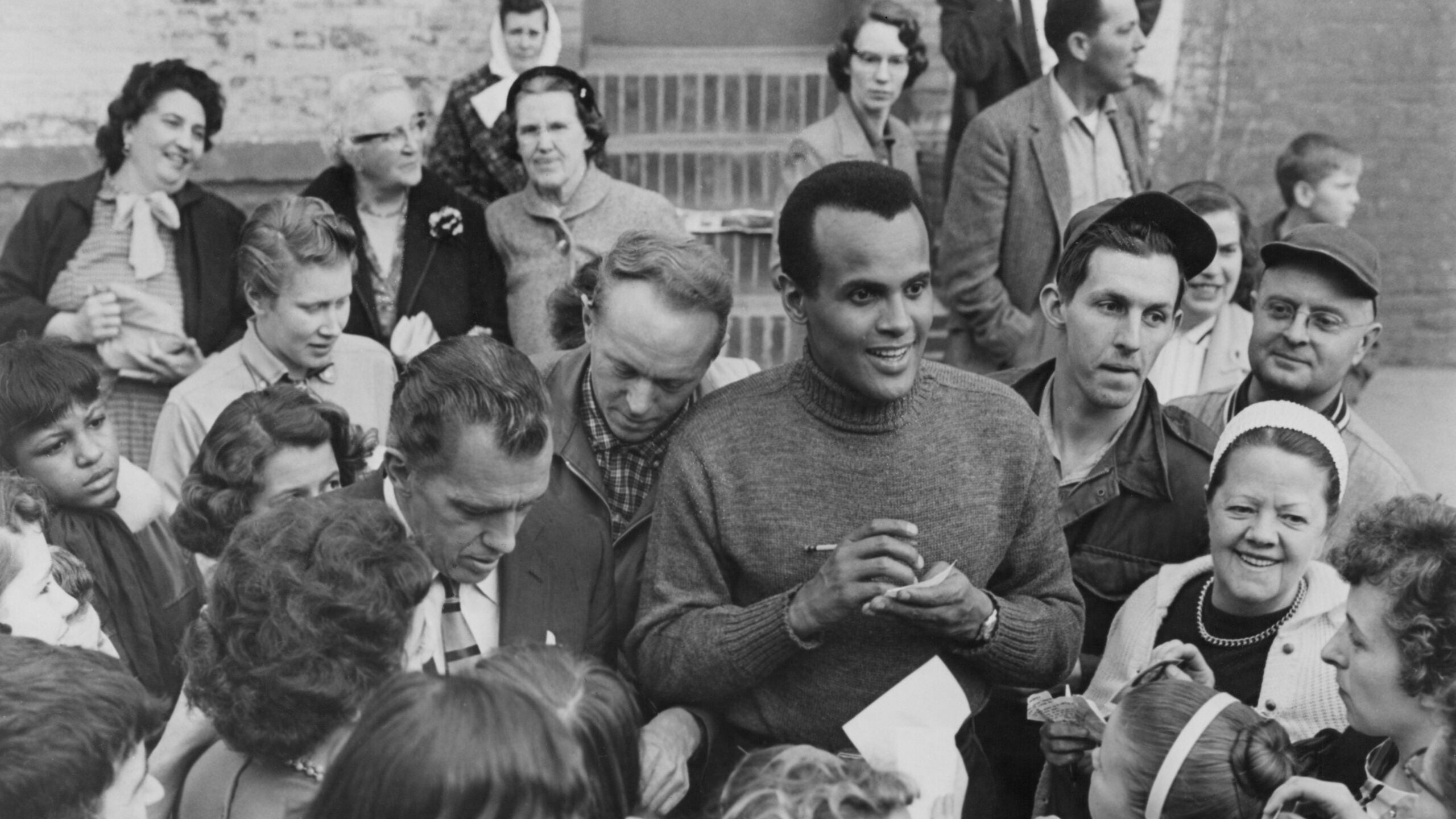He had been condemned during the Stalinist purge of 1948 and now composer Dmitri Shostakovich was being asked to undergo an equally unpleasant experience. He was being asked to perform in America.
The Cold War was in full force but a peace movement had begun in the west.
Shostakovich was told to attend the Congress for World Peace in New York.
Stay informed on the latest news
Sign up for WPR’s email newsletter.
He felt that it would be humiliating to be put on display as part of a public relations spectacle when his music had been banned in his own country. He refused to go.
Then Stalin himself called and asked Shostakovich why he was refusing to go.
Shostakovich said with a brave bluntness that in America he would have to explain why his music was no longer being played in the Soviet Union.
“What could I say?” Shostakovich asked.
Stalin pretended to be surprised. “What do you mean it isn’t being played? Why aren’t they playing it?”
Shostakovich explained that the censors had made a decree, that he and other composers had been blacklisted.
“Who gave the orders’!” Stalin demanded.
“It must’ve been one of the leading comrades,” Shostakovich replied innocently.
Referring to himself in the royal plural, Stalin replied, “No, we didn’t give that order. We’ll take care of that problem,” he said at last.
Shostakovich began to think that it would make sense to go to America if it would restore the music of his Soviet colleagues—and his own.
He went to America, where his music was a stunning success. But all the while he worried that he might let slip some comment that would get him executed when he returned home.
It was completely like Stalin, Shostakovich reflected, to put a man face to face with death and then make him dance to his own tune.
Wisconsin Public Radio, © Copyright 2024, Board of Regents of the University of Wisconsin System and Wisconsin Educational Communications Board.

